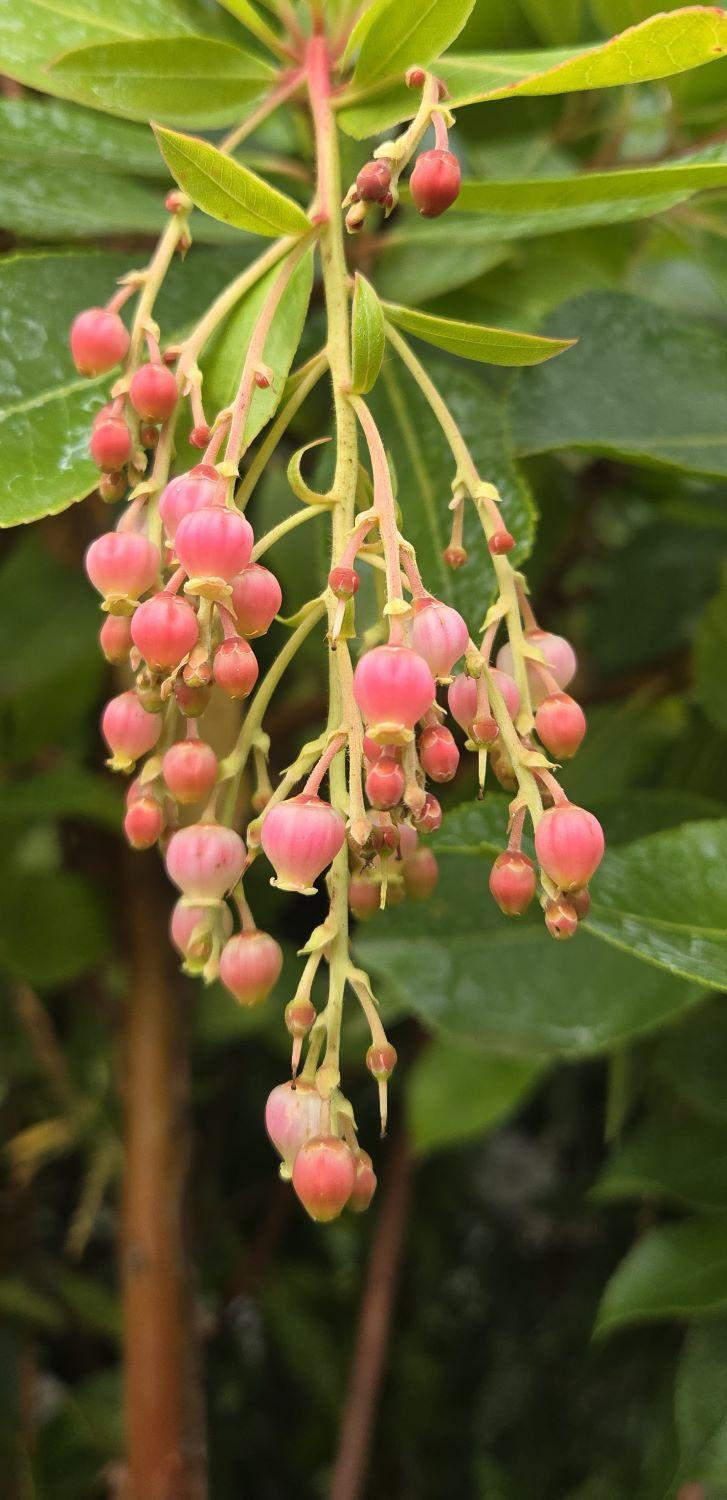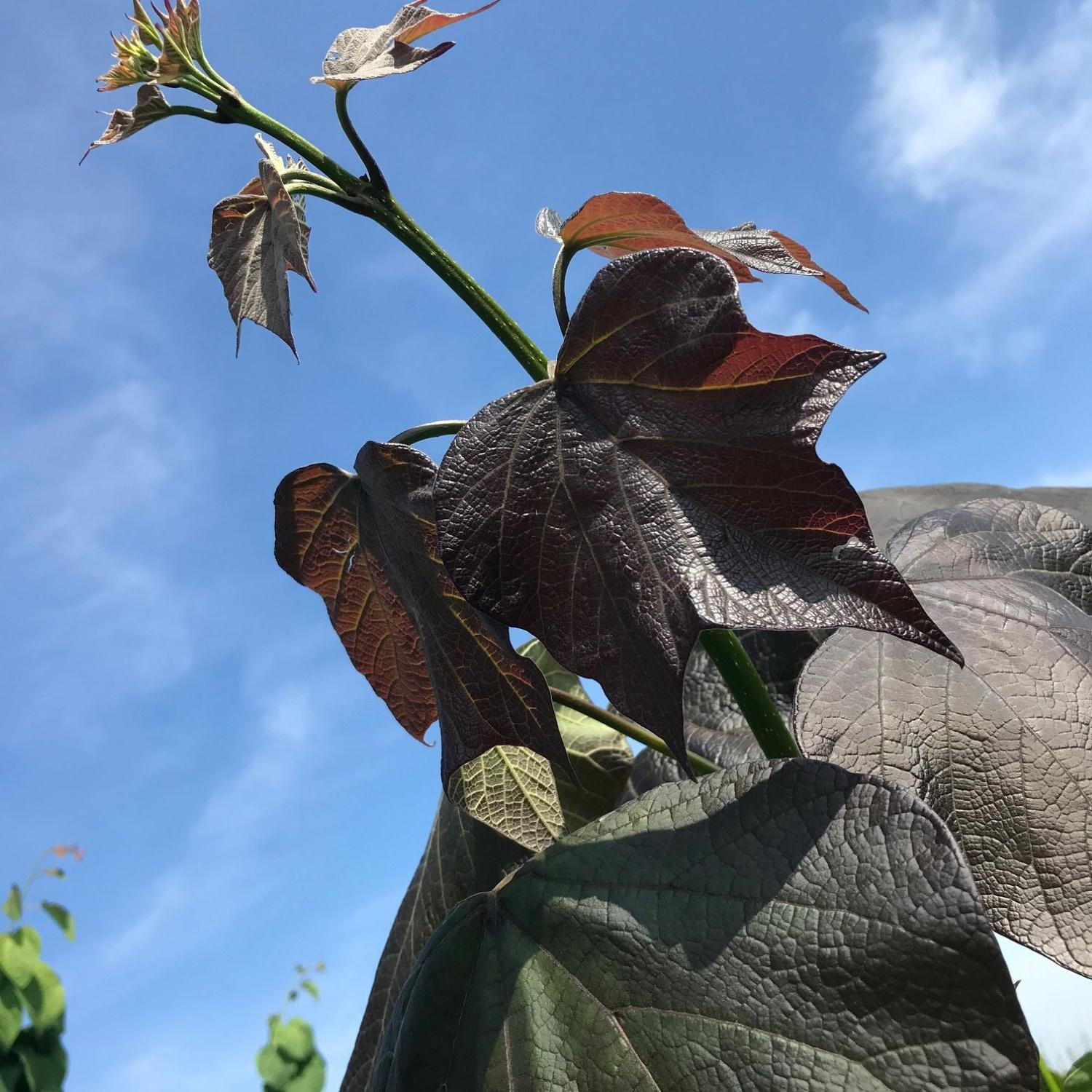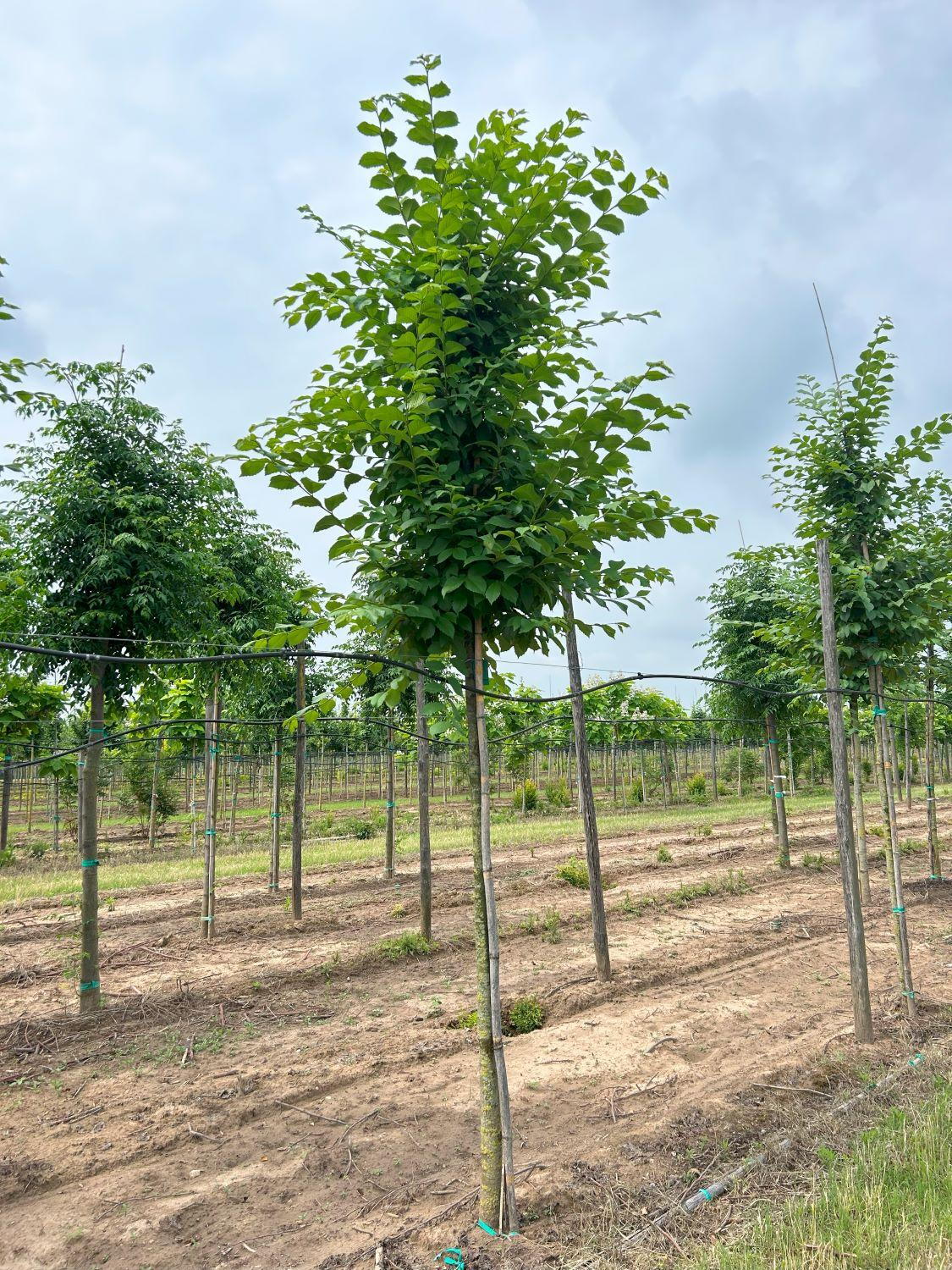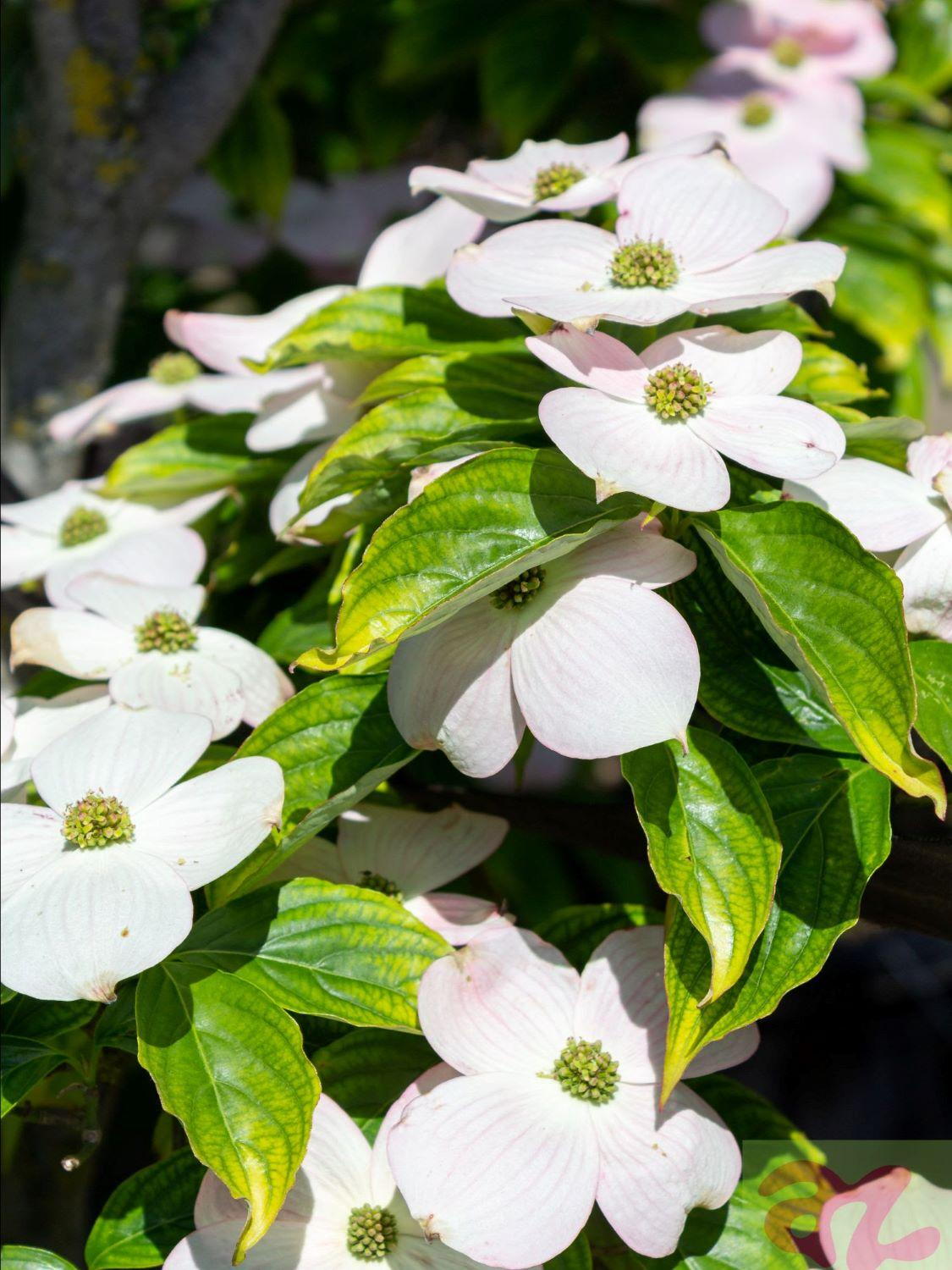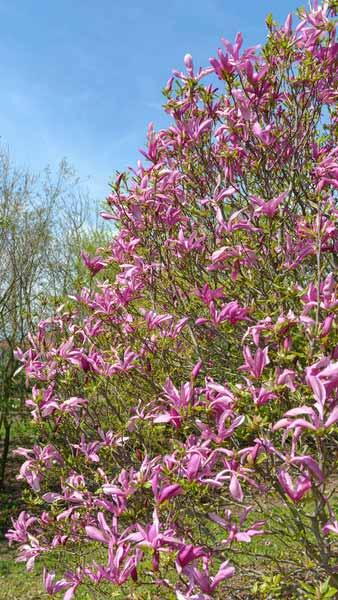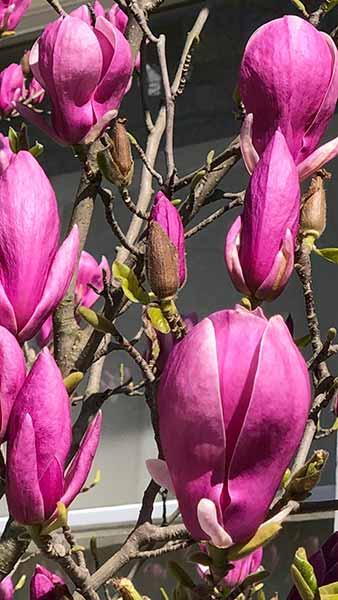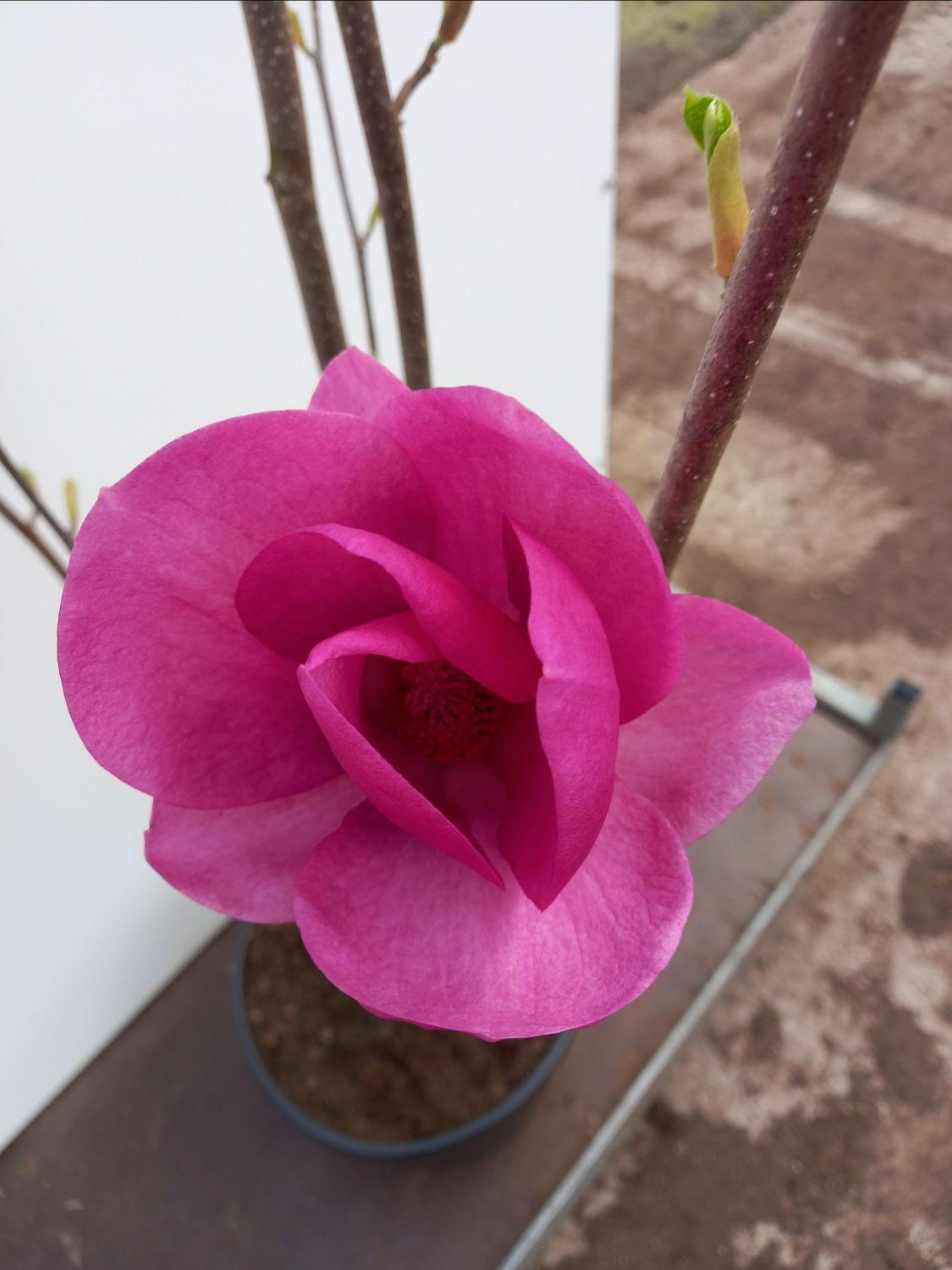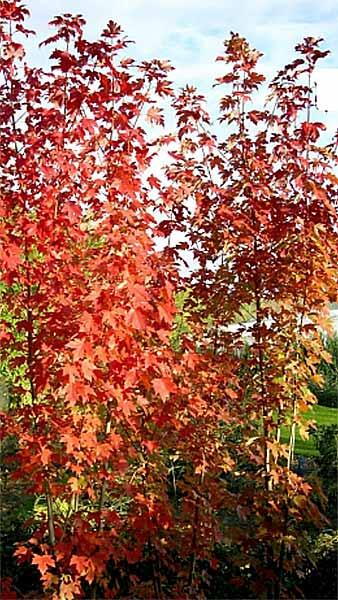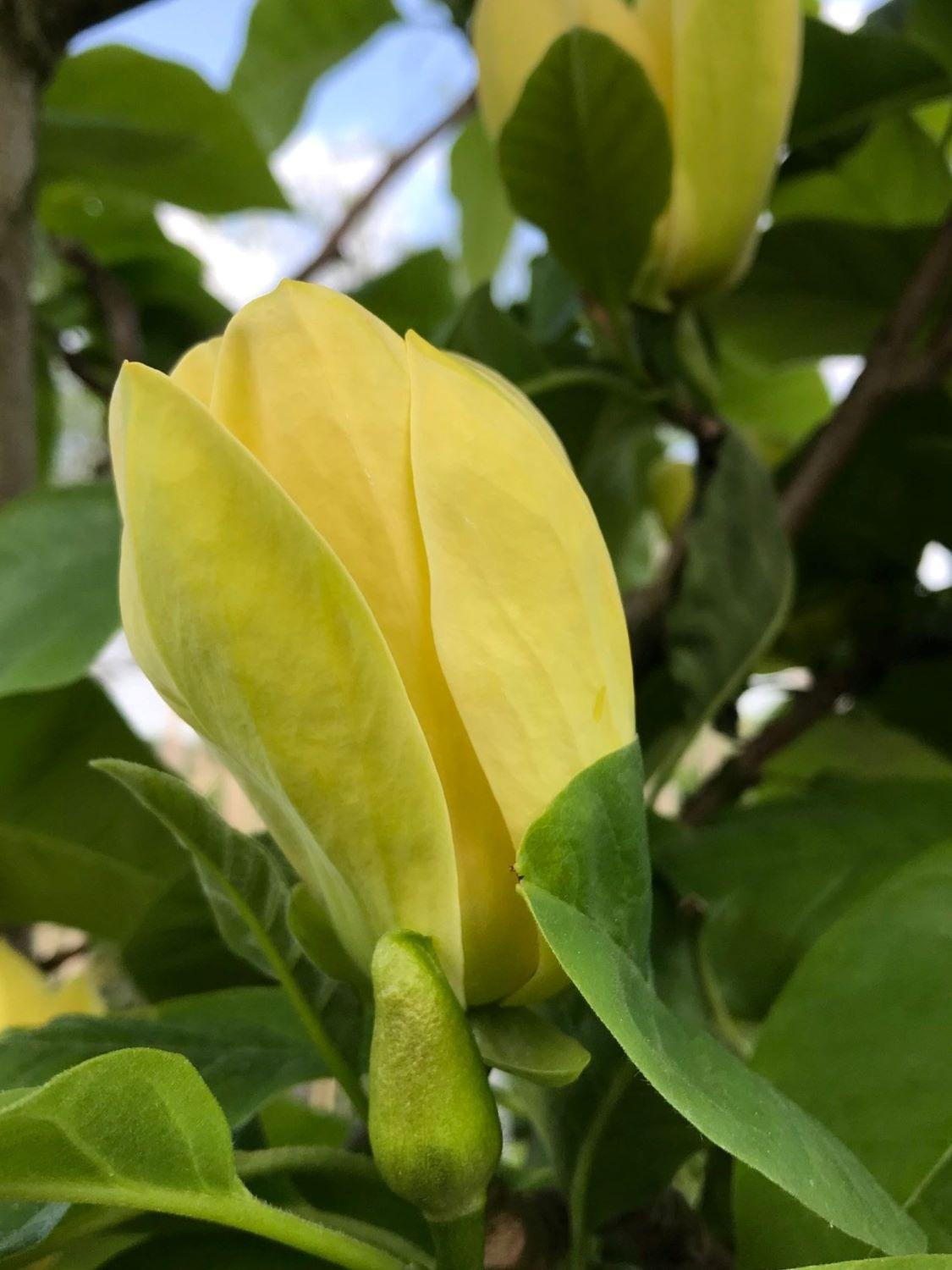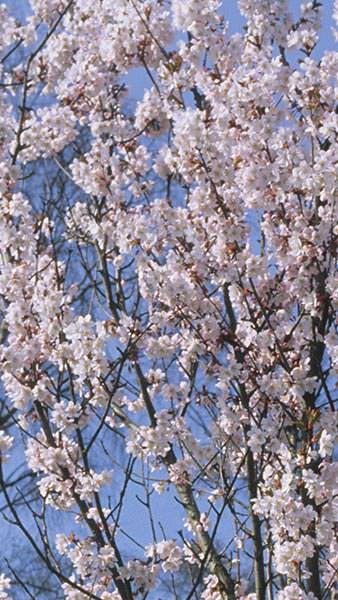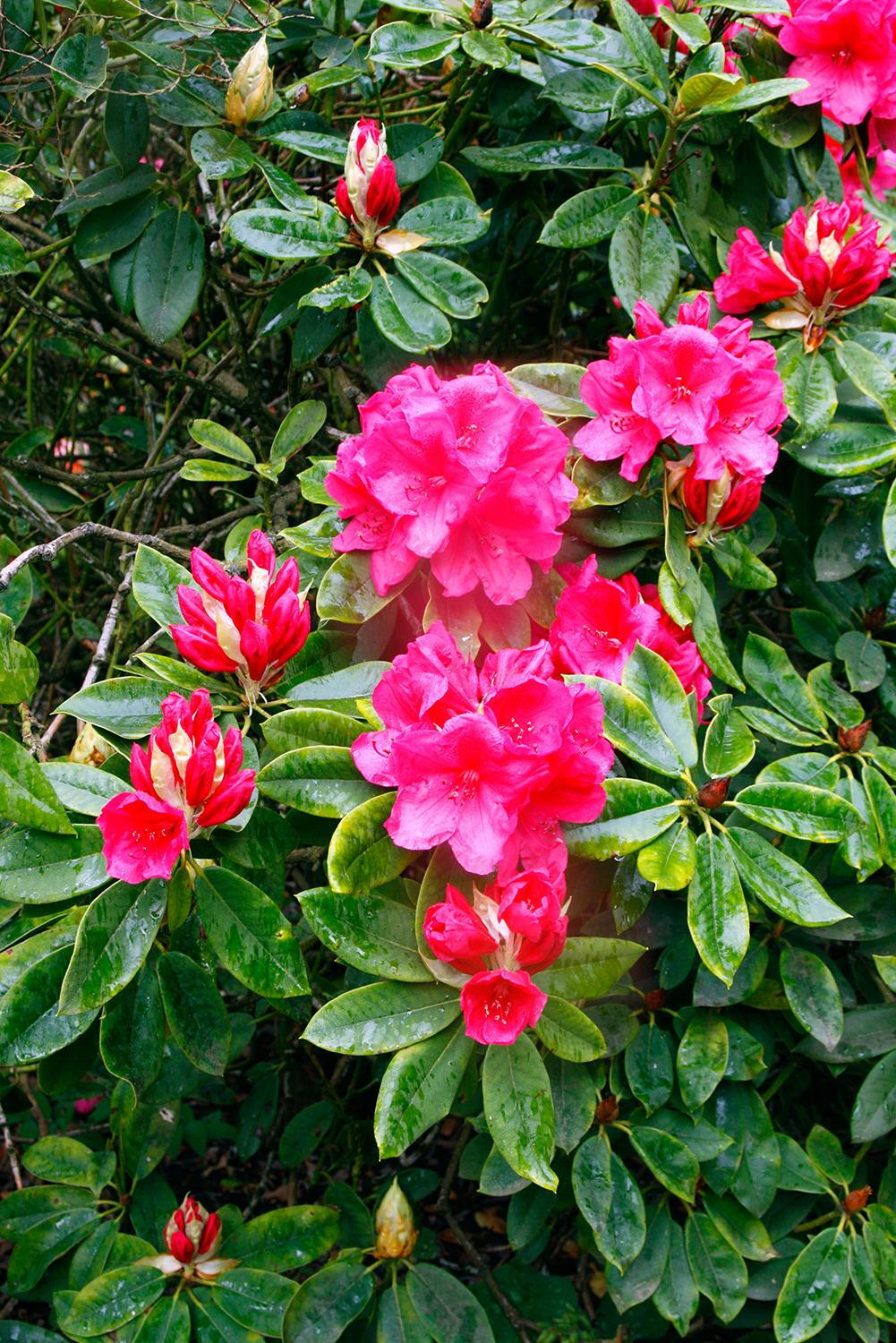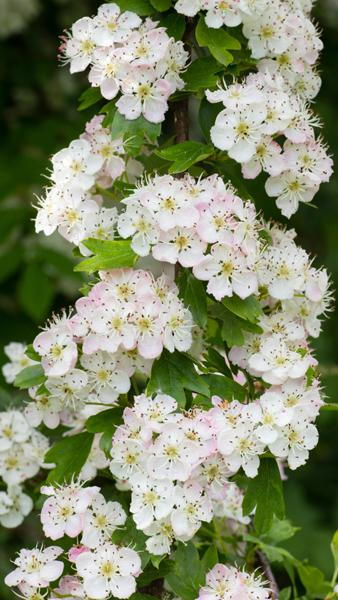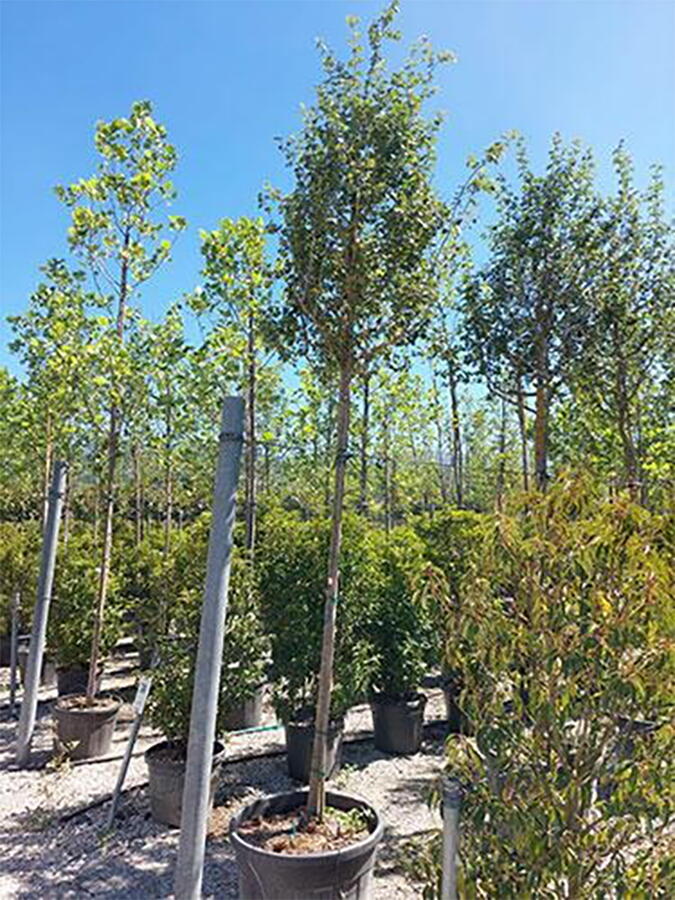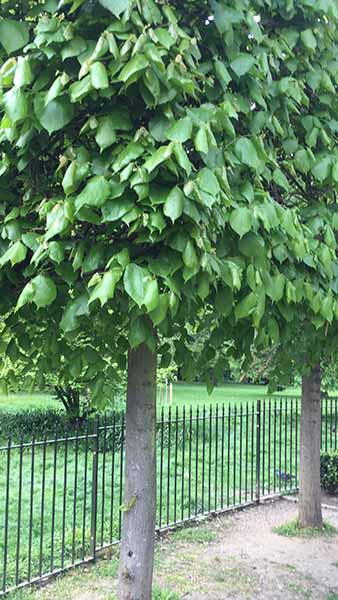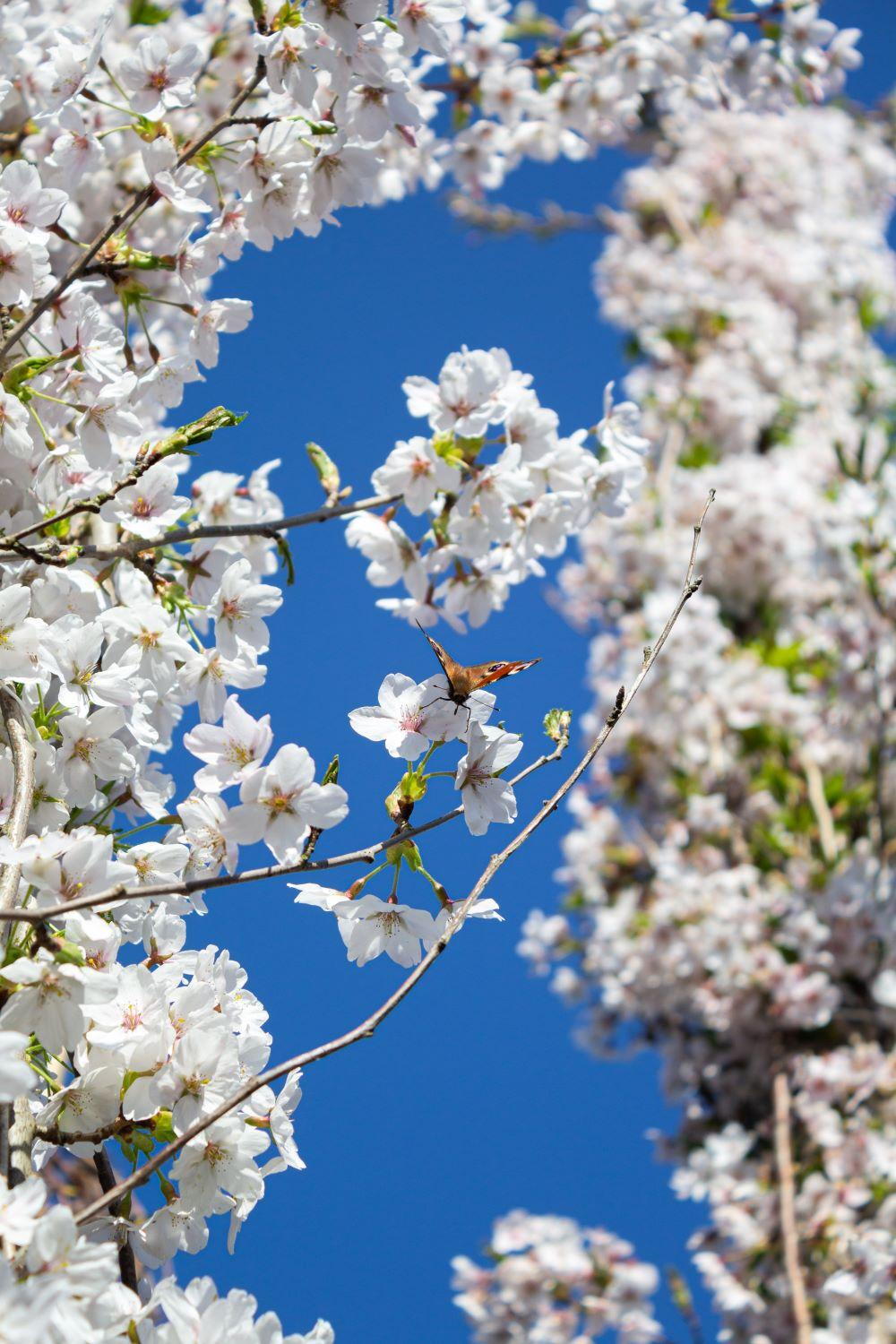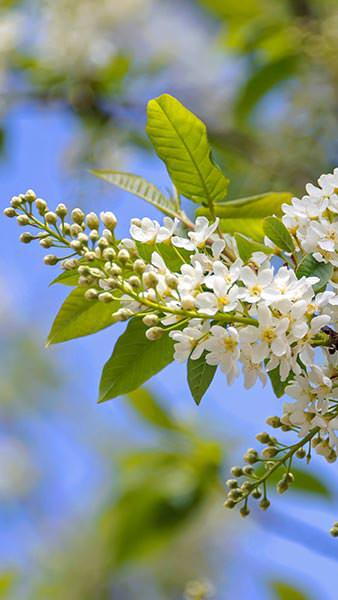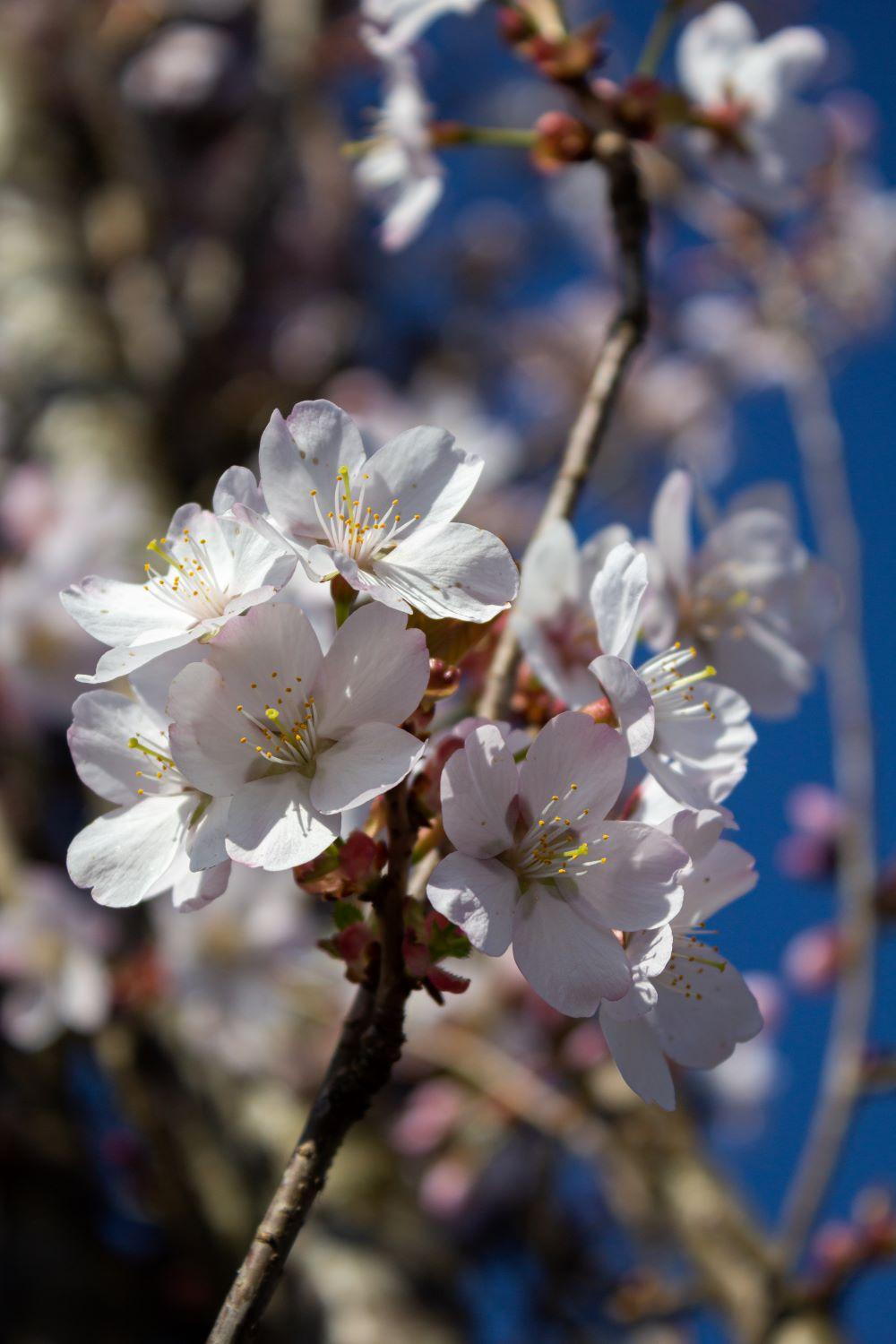Crataegus Grignonensis Grignon Hawthorn Multi Stem Trees
Crataegus Grignonensis, a hybrid variety of hawthorn better known as Grignon Hawthorn, is a small ornamental deciduous tree popular for its floriferous display of blossoms and decorative fruit that follow them. The specimens we offer are shaped as multi-stem trees, making them ideal for a focus of interest in the garden, or, when planted en masse, a showy border or a screen.A variety of hawthorn that does not have thorns, this stunning cultivar possesses quite a few distinct qualities of its own. The shiny, dark green foliage consists of oval, lobed, leathery leaves. The foliage persists on the branches well into December. Late to blossom, but undoubtedly lovely once it does, Crataegus Grignonensis is enveloped by clusters of good-sized white flowers borne in umbels, in late May to June. The fruit follows in the autumn, scarlet and round, and remains on the tree until the first big frosts of the year. The fruit is loved by birds and wildlife.Undemanding and versatile, Grignon Hawthorn needs very little to thrive. Perfectly happy in any soil, as long as it is moist but well drained. Tolerates wet and damp soils, but it is also drought resistant once established. When it comes to location, this ornamental tree will appreciate a spot in full sun to dappled shade. Rarely affected by pests or diseases, this hawthorn variety attracts wildlife and beneficial pollinators. Noted for its resistance to Verticillium Wilt.Tough and robust, Crataegus Grignonensis can survive in areas where temperatures drop to 20 degrees below zero. As a hybrid variety that resulted from crossing Crataegus crus-galli and Crataegus pubescens, this showy tree is semi-evergreen in mild winters. Fully hardy in the United Kingdom, this tree is not bothered by frost or cold winds. Good performance and sturdy constitution won it the Award of Garden Merit by Royal Horticultural Society.Trained as a multi-stem tree, Grignon Hawthorn has a lovely, shrubby habit, dense and slightly vase-shaped. Considered low maintenance, this ornamental tree responds well to an occasional trim. Expected maximum size for these multi-stemmed specimens is 10 metres in height and up to 7 metres in width. Tolerant of urban pollution.Offering multiple seasons of interest, this highly-decorative tree is ideally suited to be grown as a specimen plant. Its striking foliage and clusters of white blossoms command attention during the active seasons, while the lovely red fruit provides decorative value well into colder months. You might be interested in our full selection of deciduous trees.
